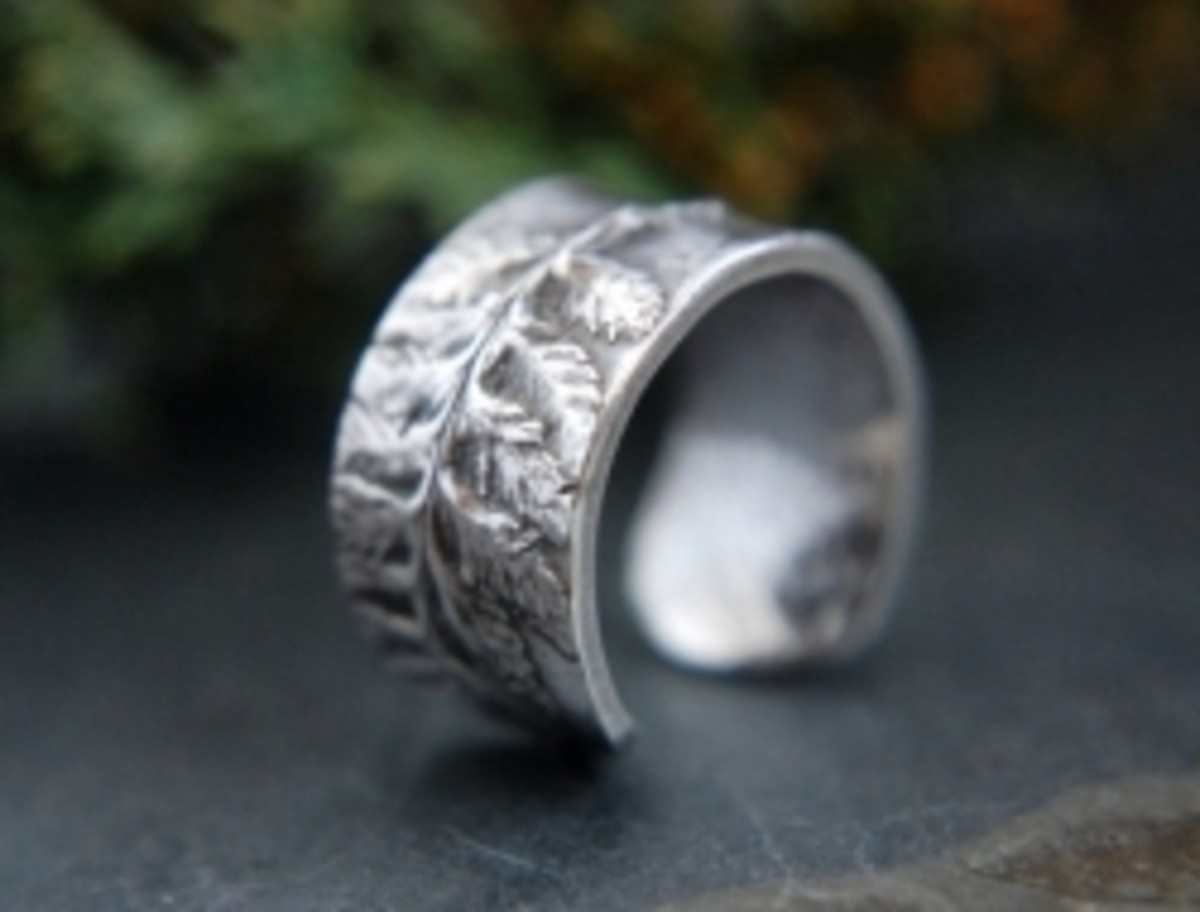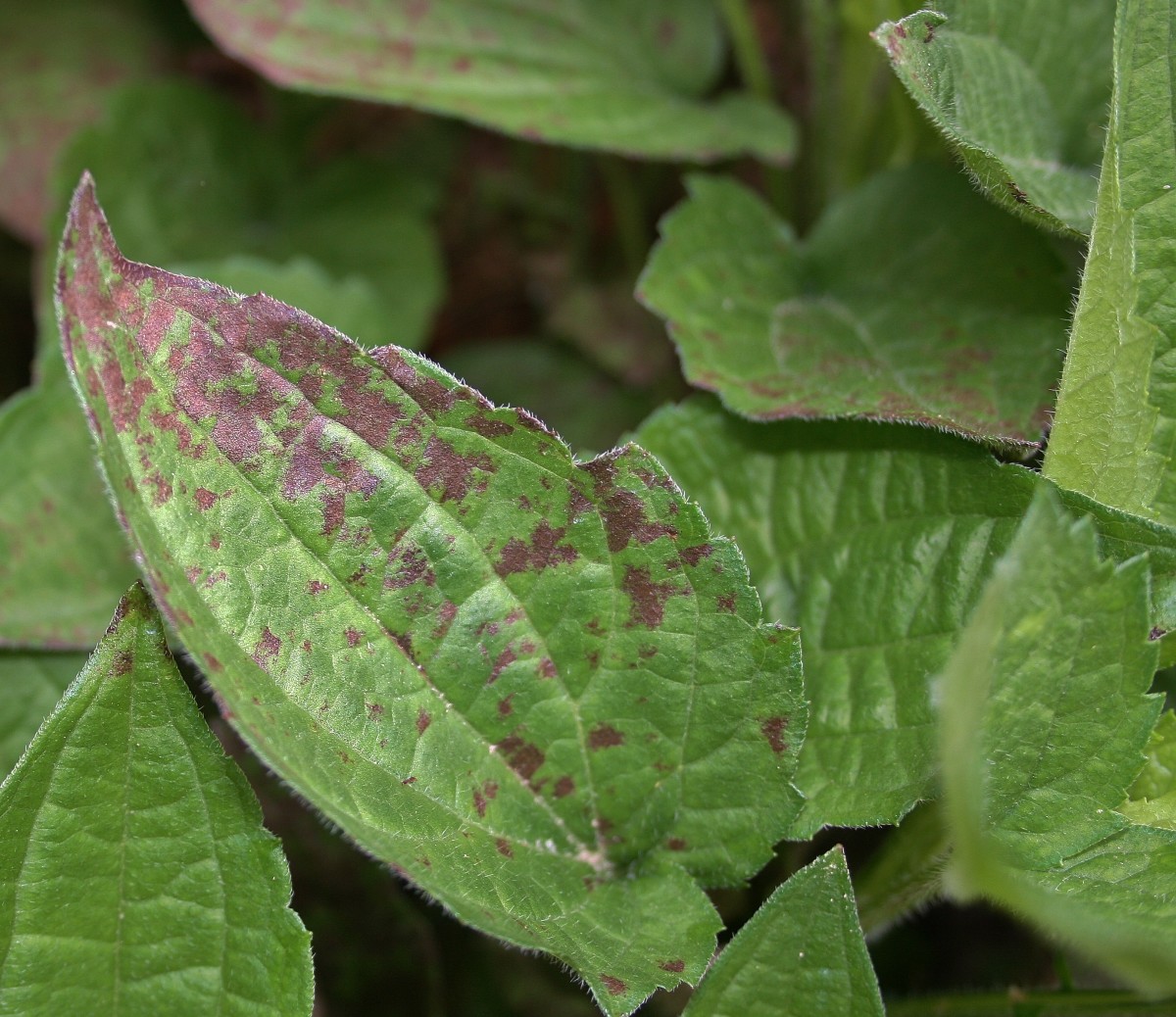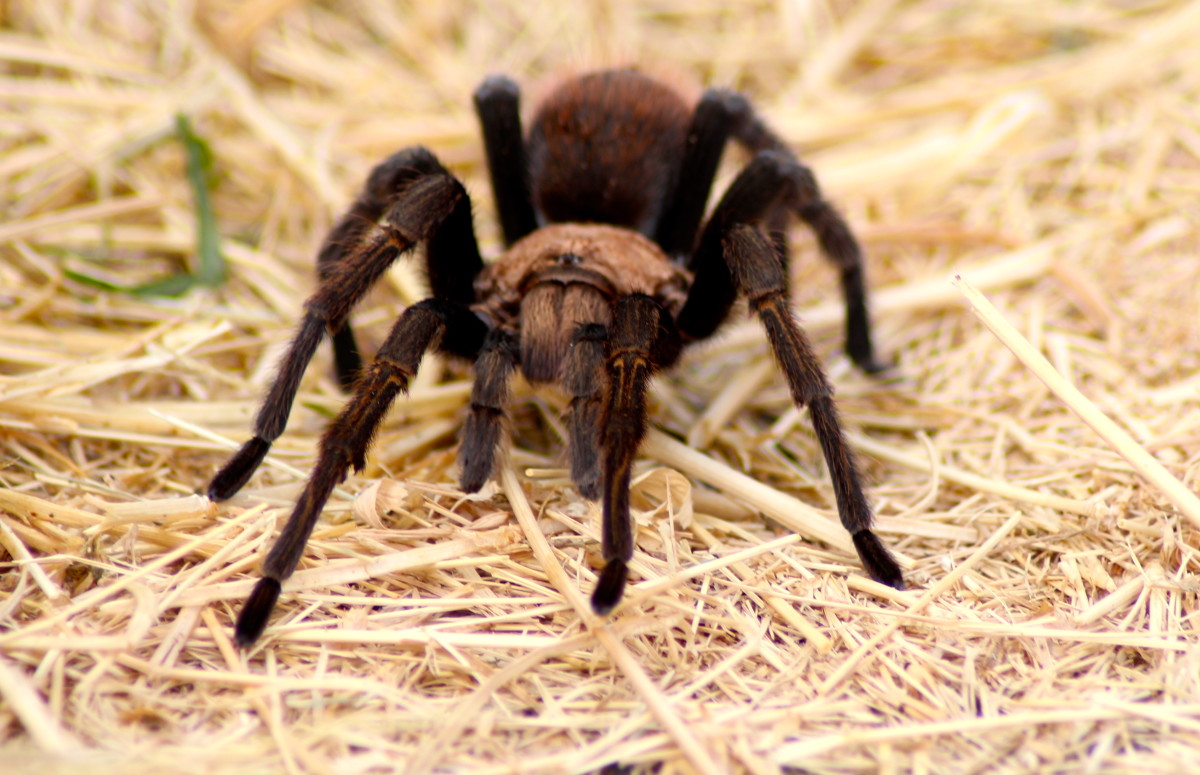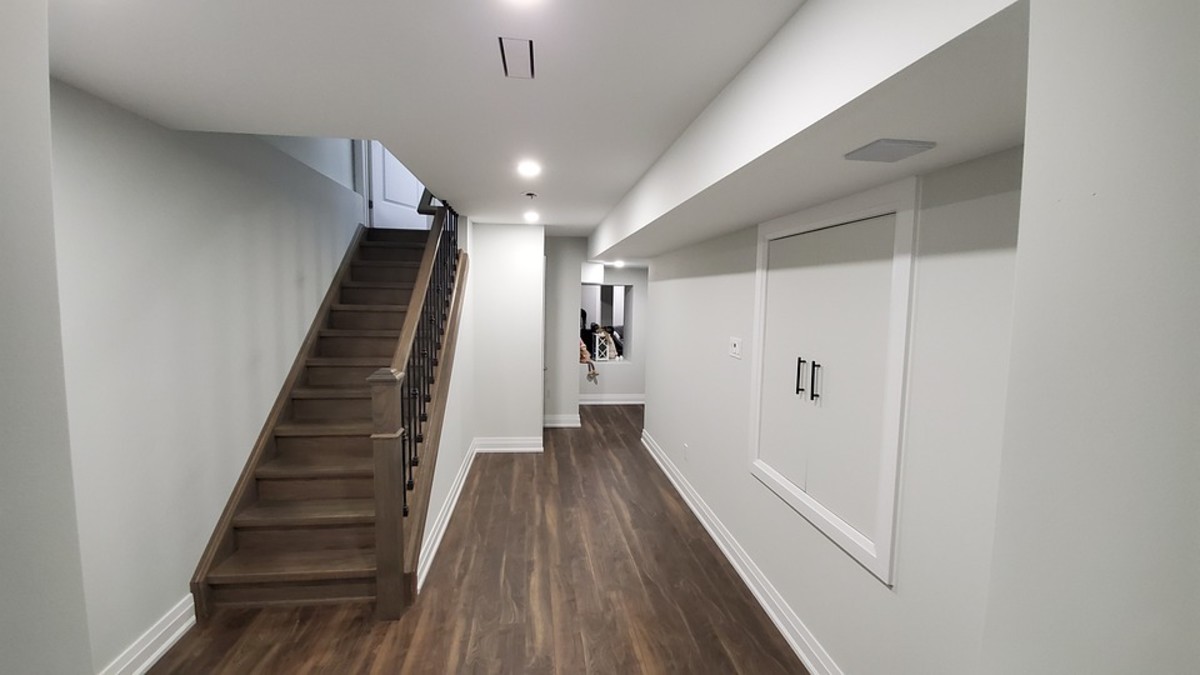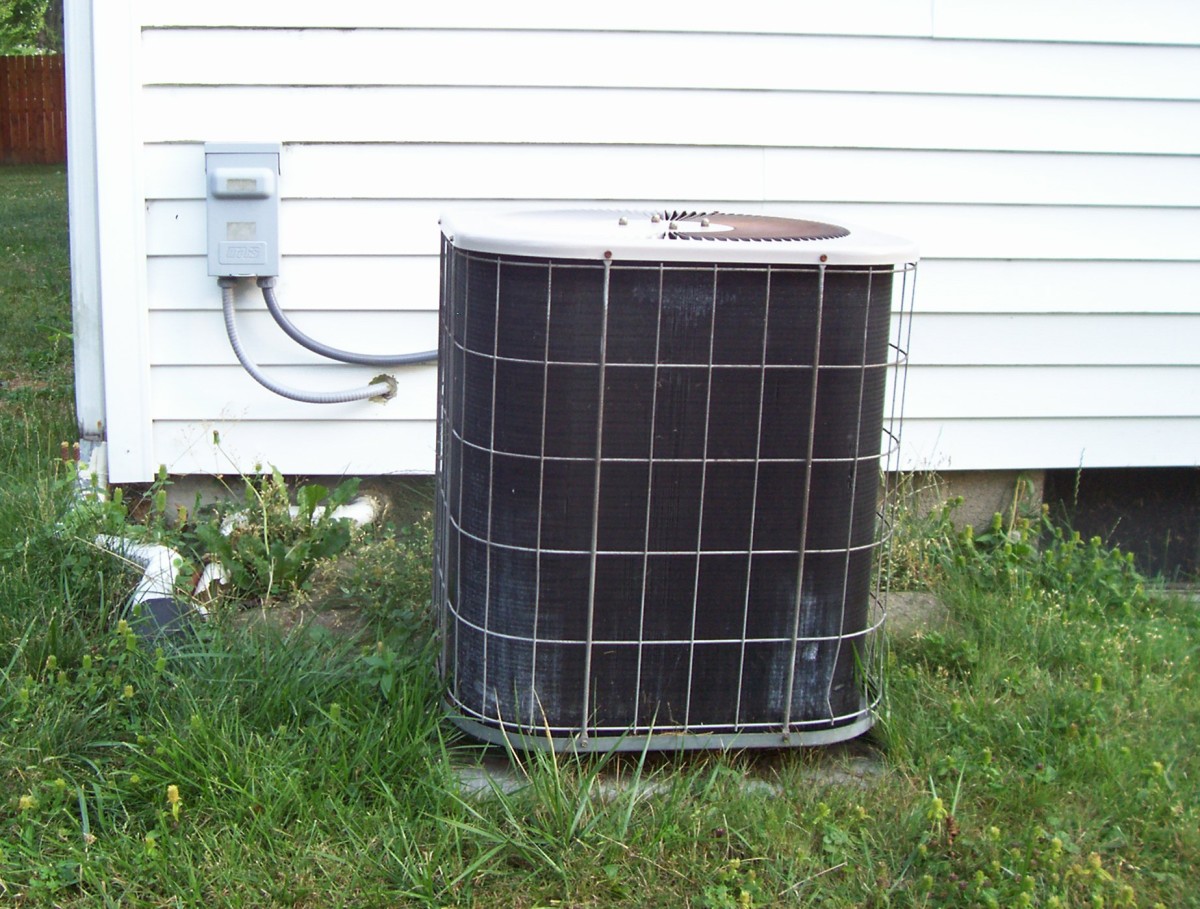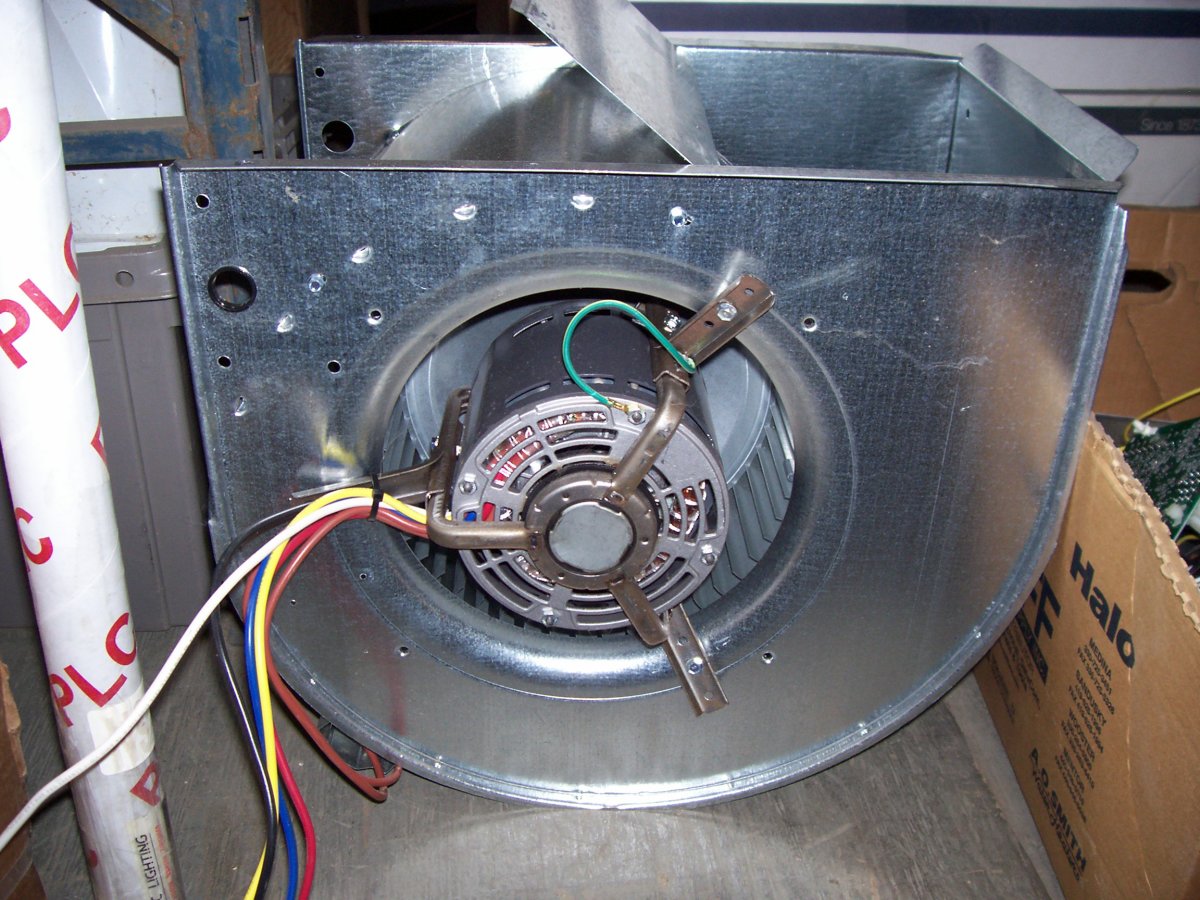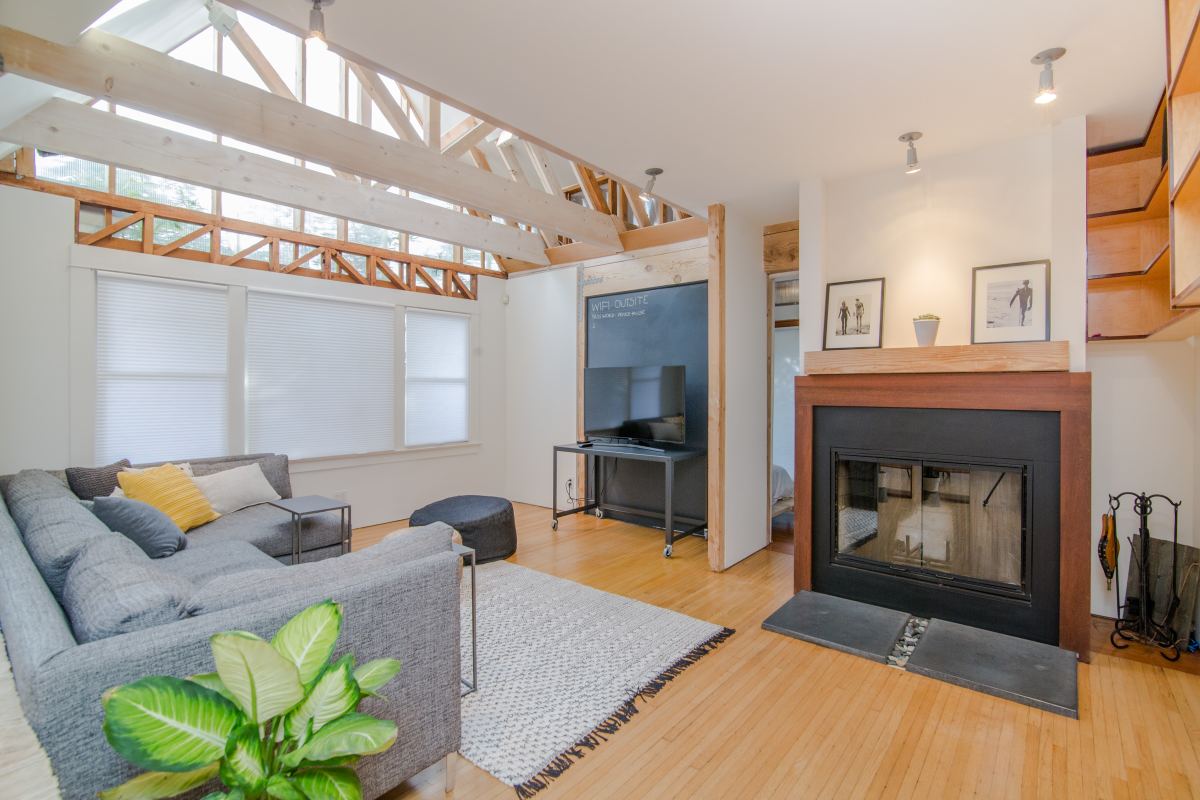Stop Mold and Mildew from Coming Back
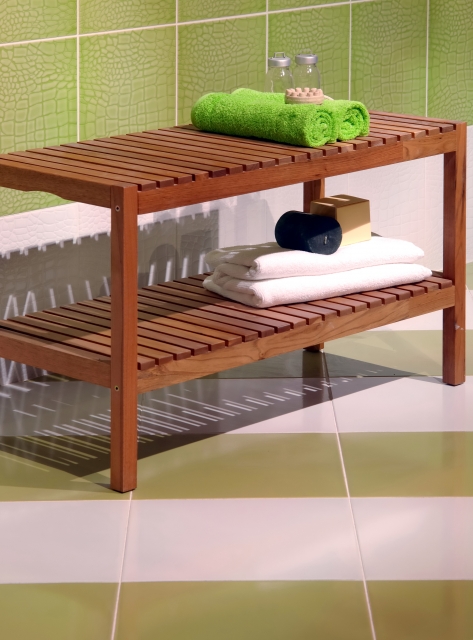
Molds, if not controlled immediately, can cause health problems and even become expensive to some extent. This article will attempt to answer basic questions about molds and how to stop them from coming back. Molds and mildew are basically the same although there are some distinctions in appearance.
What is mold? Mold is a micro-organism belonging to the fungal kingdom which is neither a plant or animal. Molds are everywhere and always have been even before human civilization. It travels through the air in a form of tiny spores and breeds in a moist environment like bathroom, basement, or attics in your home. So if you have molds or mildew at home, it indicates moisture problem.
Why is mold a concern? Although molds provide benefits to our environment, people consider molds found inside your home as an inconvenience or hazardous to health because it can produce chemical compounds, toxins, or allergens. Infants, children, elderly people, or individuals with respiratory condition or asthma may be severely affected. The spores suspended in the air can be easily inhaled causing headache, coughing, nasal problems, and even rashes. Molds can also attack materials in your home such as carpet, wooden furniture, or wall paint.
How do you remove molds? Use vacuum cleaner’s brush to remove the molds from affected area and minimize spread in the surrounding air. Mix ¼ cup of bleach to a gallon of water solution in a spray bottle. Spray solution in the areas where molds are evident and use sponge or brush to scrub off the molds. Vinegar solution is also an effective solution to remove molds. It is equally effective as the commercial cleaning agent you can buy from stores. After cleaning the affected areas thoroughly, let it dry completely. For furniture or carpet, it is recommended to let it dry under the sun.
How to stop molds from coming back? In order to completely prevent stubborn molds from coming back, you need to get to the source of the moisture problem. You need to check your home for water leaks, source of moisture, condensation or any conditions that cater molds and eliminate them. This should be part of routine maintenance check. Monitor relative humidity in your home using a hygrometer or a humidity monitoring device. Keep the humidity between 20-35% during winter and less than 60% for the rest of the year. During summer, you can control the humidity with air conditioner or dehumidifier to remove excess moisture. It is also important to keep your home clean and of course dry. If molds keep coming back, it means that the moisture is not yet completely controlled. At this point, you may want to consider removal or replacement of the materials that has previously come in contact with leaks or condensation.
If this article helped you in anyway, please rate and share with friends.
Related Articles
- Things to Consider Before Getting a Dog
Dogs are great companion and loyal as long as you give them enough love and affection. - How To Relocate Out of State
On any given day, hundreds of people are moving to a different place all over the country. If you are planning to move out of state then read on. - How to De-Ice Your Windshield
Here is the simplest yet effective way to remove snow and ice from your car's windshield on that dreaded winter morning. - 8 Fun Things to do during Fall Season
Fall marks the transition from summer to winter which begins on September 22 when the night starts to arrive earlier and the temperature is slowly going down. This makes it a perfect day to go out and have fun.



